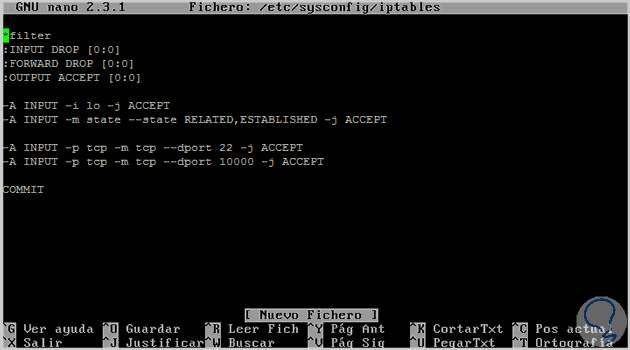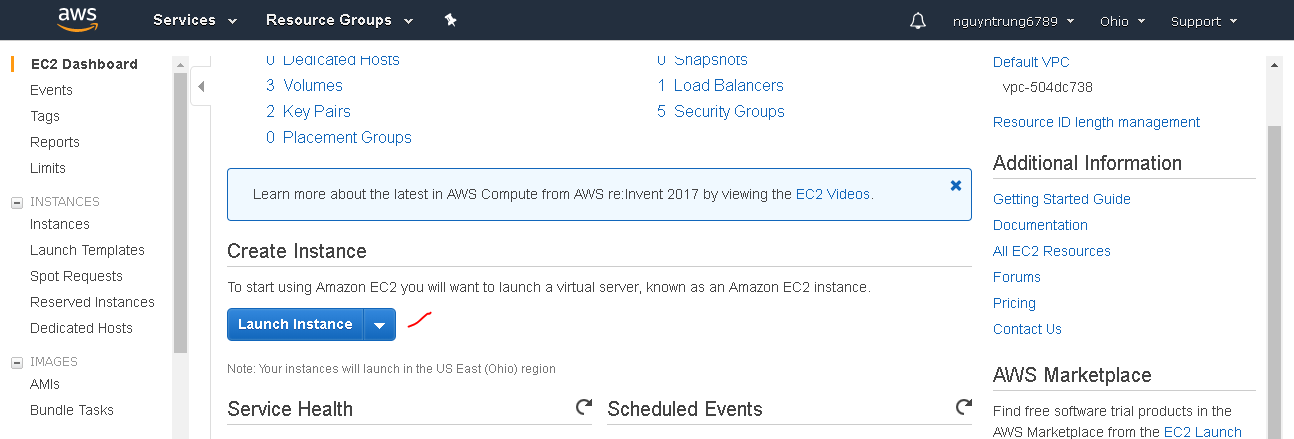


The following rules allow all incoming secure web traffic. Iptables -A OUTPUT -o eth0 -p tcp -sport 80 -m state -state ESTABLISHED -j ACCEPT iptables -A INPUT -i eth0 -p tcp -dport 80 -m state -state NEW,ESTABLISHED -j ACCEPT The following rules allow all incoming web traffic. In the above example, instead of /24, you can also use the full subnet mask. iptables -A INPUT -i eth0 -p tcp -s 192.168.100.0/24 -dport 22 -m state -state NEW,ESTABLISHED -j ACCEPT


The following rules allow incoming ssh connections only from network. Allow Incoming SSH only from a Specific Network Note: If you like to understand exactly what each and every one of the arguments means, you should read How to Add IPTables Firewall Rules 5. Iptables -A OUTPUT -o eth0 -p tcp -sport 22 -m state -state ESTABLISHED -j ACCEPT iptables -A INPUT -i eth0 -p tcp -dport 22 -m state -state NEW,ESTABLISHED -j ACCEPT The following rules allow ALL incoming ssh connections on eth0 interface. Iptables -A INPUT -i eth0 -p tcp -s "$BLOCK_THIS_IP" -j DROP 4. iptables -A INPUT -i eth0 -s "$BLOCK_THIS_IP" -j DROP You can also use one of the following variations, which blocks only TCP traffic on eth0 connection for this ip-address. This is helpful when you find some strange activities from a specific ip-address in your log files, and you want to temporarily block that ip-address while you do further research. Iptables -A INPUT -s "$BLOCK_THIS_IP" -j DROP Change the “x.x.x.x” in the following example to the specific ip-address that you like to block. Block a Specific ip-addressīefore we proceed further will other examples, if you want to block a specific ip-address, you should do that first as shown below. Note: If you don’t know what a chain means, you should first familiarize yourself with the IPTables fundamentals. i.e define rule only for incoming, as the outgoing is ACCEPT for all packets. In that case, for every firewall rule requirement you have, you just have to define only one rule. i.e Do not DROP all outgoing packets by default. If you trust your internal users, you can omit the last line above. In all our examples below, we have two rules for each scenario, as we’ve set DROP as default policy for both INPUT and OUTPUT chain.


 0 kommentar(er)
0 kommentar(er)
